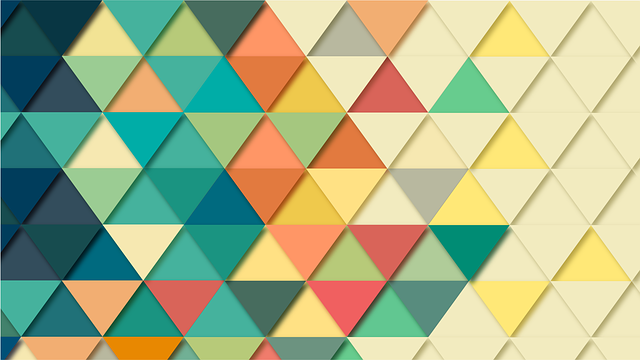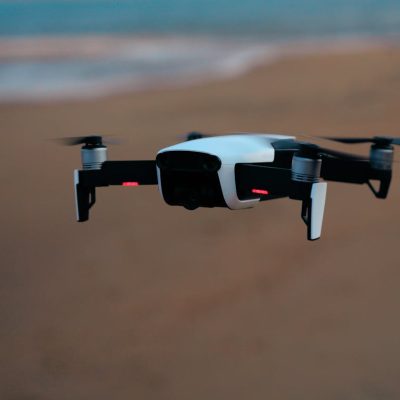The Significance of Digital Design

While the term “digital design” is used broadly, it has greater relevance now than it has in the past. As long as a design is used in a digital format, such as a site or app instead of in print, it’s categorized as a digital design.
In a nutshell, it’s a type of design that’s specifically made to be seen on a screen. This simple definition covers a wide range of designs and art styles.
Because the world is more connected than it ever has been, most designers devote a significant amount of time to digital design work. From graphic artists to UX designers, it’s important for professionals to have a grasp of what successful digital design requires.
How Is Digital Design Different from Print Design?
Many people assume there aren’t any significant differences between digital and print design. With that said, there are key things that separate these forms of media.
They Don’t Have the Same Deliverables
Digital and print designs are used in different ways, and the deliverables requested from a designer may vary.
Digital design deliverables could include:
- Inforgraphics
- Elements for websites
- Banner advertisements
- UX wireframes
- PDF graphics
Print design deliverables may include:
- Magazine spreads
- Pamphlets
- Business cards
- Print advertisements
- Book covers
Anyone that wants to work in digital design should find out more about the kinds of projects they are likely to take on. There are industry-standard formats for certain types of projects, like banner ads.
With some projects, designers will need a skill set that includes more than design basics. As an example, when an infographic is being designed, it’s important to find a suitable way to display data that will be viewed on screens.
How Analytics Impacts Digital Design
Analytics is another element that separates digital design work from print.
There aren’t many ways to monitor how a pamphlet performs. With digital projects, however, analytics will allow you to see how many people are viewing, downloading, liking, and sharing your design.
In many cases, designers will be expected to reach specific metrics. You’ll have to do more than design something that’s visually appealing. You’ll also need to identify the target audience and develop a design that will catch their attention. It’s not unusual for a designer to be asked to create and test several different versions of a design. Analytics can identify the design with the strongest performance. If you are in the Hampshire or surrounding area I would recommend you see ‘graphic design agency Hampshire‘.
Interactive Design
Another element that separates digital work from print work is its interactivity.
Interactivity isn’t always a digital design feature. Infographics, for example, tend to be static images. With that said, it does play a key role in web design. It’s normal for users to scroll through a site and click on various elements. In some cases, users may even be able to drag and drop elements on a page.
It’s much trickier to create a design that implements interactivity. You can’t just design something that looks great. You also need to make sure that the design is functional. UX designers (which will be discussed in detail later) specialize in this.
Graphic Designers
There are many different types of digital designers one of these is a graphics designer. This is a term that is used in many different ways, but here, we are referring to a graphic designer as a type of designer that creates static images. They prioritize visuals, brand marketing, and readability. Deliverables they create could include digital art, infographics, and PDFs.









